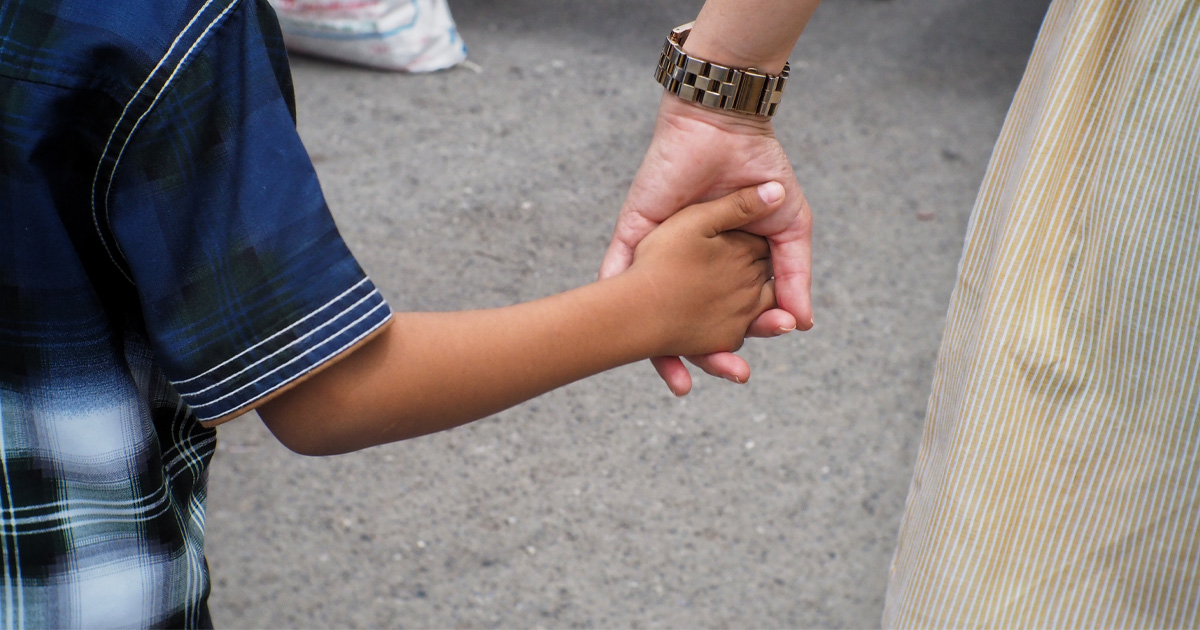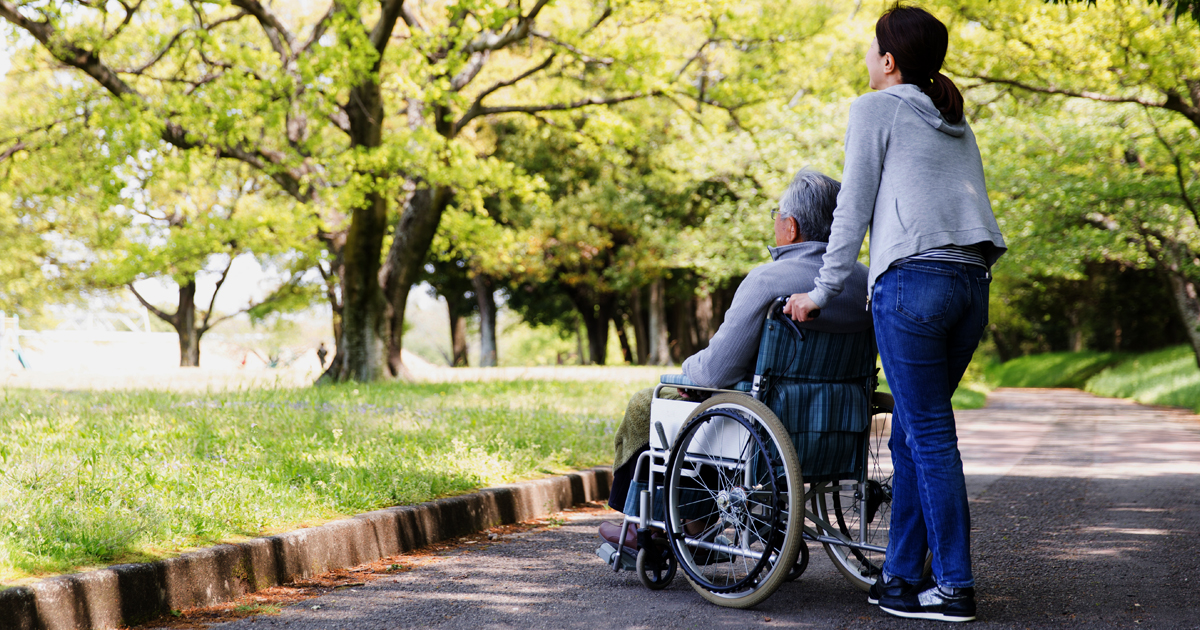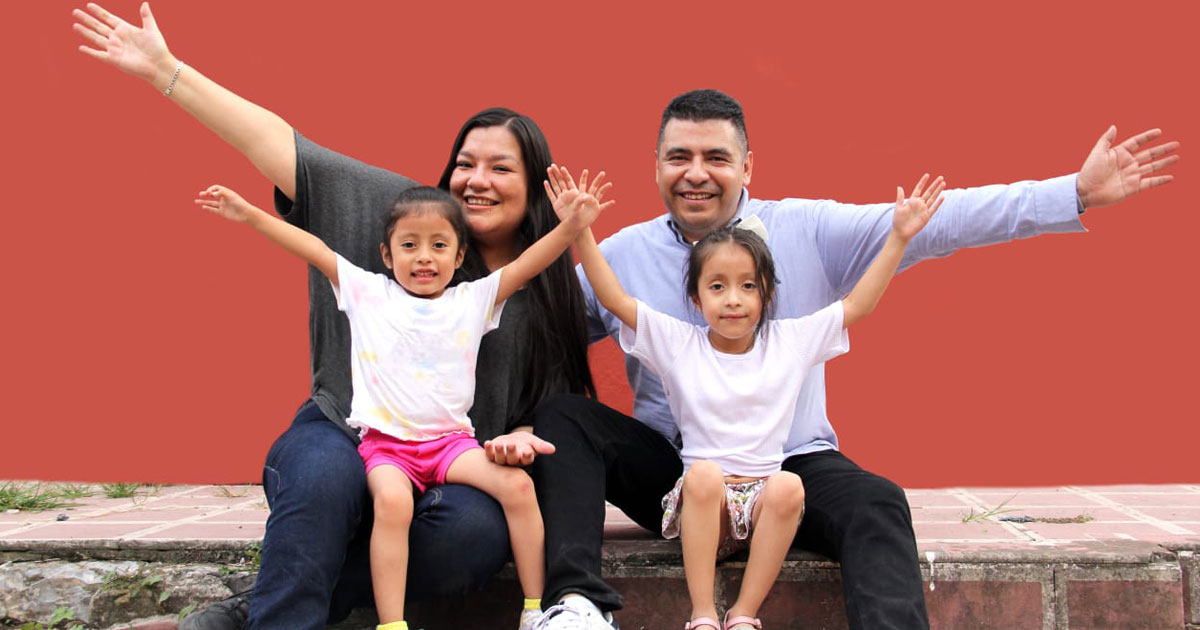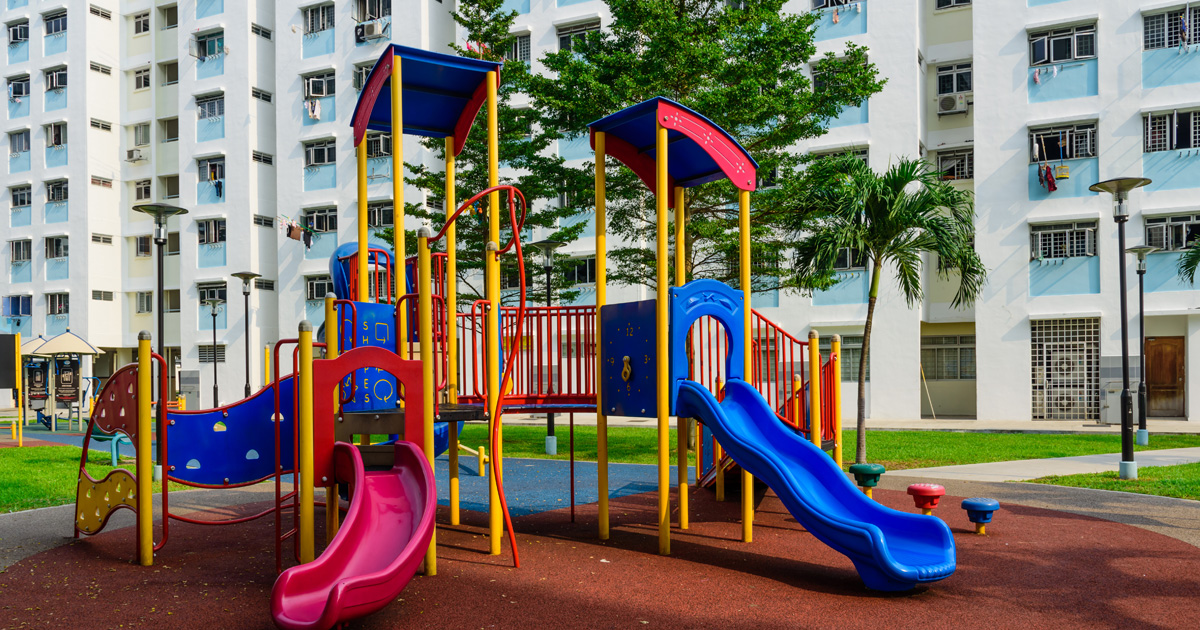When parents go through divorce or separation, one of the most difficult decisions involves determining who the children will live with on a day-to-day basis. In Singapore, this is referred to as “care and control.” Courts do not presume that one parent is automatically better suited than the other. Instead, the law requires a detailed and balanced consideration of the child’s welfare and each parent’s caregiving capabilities.
This article outlines the legal framework and guiding principles for sole care and control applications, with references to recent court decisions such as XDZ v XEA [2024] SGFC 90.
Legal Principles under the Women’s Charter
Under Section 125(2) of the Women’s Charter 1961, the welfare of the child is the “first and paramount consideration” in all matters concerning custody, care and control, and access.
No Default Position for Care and Control
According to the case of VVO v VVP [2021] SGFC 95 at [35]:
Unlike the issue of custody, there is no starting point or default position when it comes to care and control. The test remains what is in the best interests of the child. The Therapeutic Justice (TJ) model does not alter this; rather, it reinforces the central importance of the child’s best interests.
Principles Established in XDZ v XEA [2024] SGFC 90
However, in the recent case of XDZ v XEA [2024] SGFC 90, the court addressed the applicable principles and considerations that will apply when determining which parent is better suited to care and control the children.
Applicable Principles
Burden of proof
Each parent would have to prove that he/she was a more suitable parent to take care of all the children. To discharge such a burden, a parent should generally avoid a character assassination of the other parent. This is because such conduct creates needless acrimony without necessarily proving that one parent is a better caregiver.
A parent should show why he/she can better act in the child’s best interests. (This mirrors the approach for assessing the extent of a party’s indirect contributions to the marriage – i.e., to focus on the strengths of one’s case rather than to highlight the weaknesses of the other party’s case)
In line with this approach, the parent should focus on proving why he/she can better:
- Attend to the child’s emotional, developmental, and material needs,
- Provide for the child’s daily care, and
- Make day-to-day decisions for the child.
Considerations Relating to the Applicant-Parent
Past and present interactions with the child
To demonstrate, with concrete examples that are supported by contemporaneous evidence (and not just generic statements), how the parent has been showing concern, interest and responsibility for the child.
To identify which parent has been the child’s primary caregiver, especially when the child was young. If a parent claims to be the primary caregiver, he/she should produce concrete examples of, among others:
- his/her involvement in significant events in the child’s life and
- occasions when he/she had made sacrifices to care for the child.
To explain the extent of the parent’s bond with the child. Where both parents hold full-time jobs, then the fact that the child is closer to one of them can be a relevant consideration. The element of the maternal bond can be significant –
- Where the child is very young.
- Where all the other considerations are finely balanced.
To consider the child’s wishes. This is relevant if the child is of an age to express an independent opinion.
Future caregiving arrangements
To demonstrate, with concrete examples, why the parent can provide better care if he/she is given sole care and control of the child. Examples of this can include the parent’s plans for the child’s care arrangements. It bears highlighting that a parent’s ability to provide for the child financially is a relevant, but not conclusive, consideration.
The parent’s ability to care for the child is especially significant, for instance:
- Where the child has special needs.
- Where the parent has a physical and cognitive condition. In such a case, the parent should clarify whether the condition will impede his/her ability to care for the child, and if so, how this can be mitigated.
- Where the parent is working full-time and will need to enlist others to help care for the child. Where both parents are working, it is preferable that a parent arranges for caregivers who are familiar to the child rather than relying on strangers to be the caregivers.
To demonstrate the parent’s ability to provide a secure and stable home environment for the child. The parent’s occupation can sometimes be relevant to this consideration.
To state whether the parent can ensure a healthy relationship between the child and the other parent.
Considerations Relating to the Other Parent
After the parent has demonstrated why he/she is suitable to be the sole caregiver, the said parent can then, if necessary, show why the other parent may be an unsuitable caregiver. Some of the relevant considerations include the following:
- Evidence that the other parent has an unhealthy lifestyle or outlook on matters which can affect his/her ability to make rational decisions for the child.
- Evidence that the other parent had intentionally or knowingly acted against the child’s best interests.
General Considerations
Finally, depending on the facts, the following considerations can also be relevant:- Continuity of living arrangements is an important factor for a child’s emotional well-being. Thus, an order that will result in the child being uprooted and residing in a different environment will not be lightly made.
- Siblings should generally not be separated.
However, even if you satisfy the detailed principles in XDZ v XEA [2024] SGFC 90 to show you are better suited to have care and control of the children, you are not guaranteed to be granted sole care and control.
As previously mentioned, the legal test laid out in Section 125(2) of the Women’s Charter (Cap. 353) is not a question of which parent is “better”. The question is ultimately regarding what is in the child’s best interests and welfare, assessed holistically.
The court retains full discretion to consider a range of factors, including past caregiving, future stability, the child’s welfare, sibling unity, and continuity of living arrangements.
Even where one parent presents a stronger caregiving record, if the court finds that shared arrangements or access with the other parent better serve the child’s emotional development or avoids undue disruption, it may deny sole care and control.
How We Can Help
At Gloria James-Civetta & Co, our family law team is experienced in handling complex custody and care and control matters. We can help you:
- Assess your eligibility and prepare your case for sole care and control
- Gather and present supporting evidence tailored to court expectations
- Strategically manage sensitive issues while prioritising the best interests of your child
- Navigate the legal process with clarity and confidence
If you are considering applying for sole care and control or need advice on your options, contact us for a confidential consultation.













